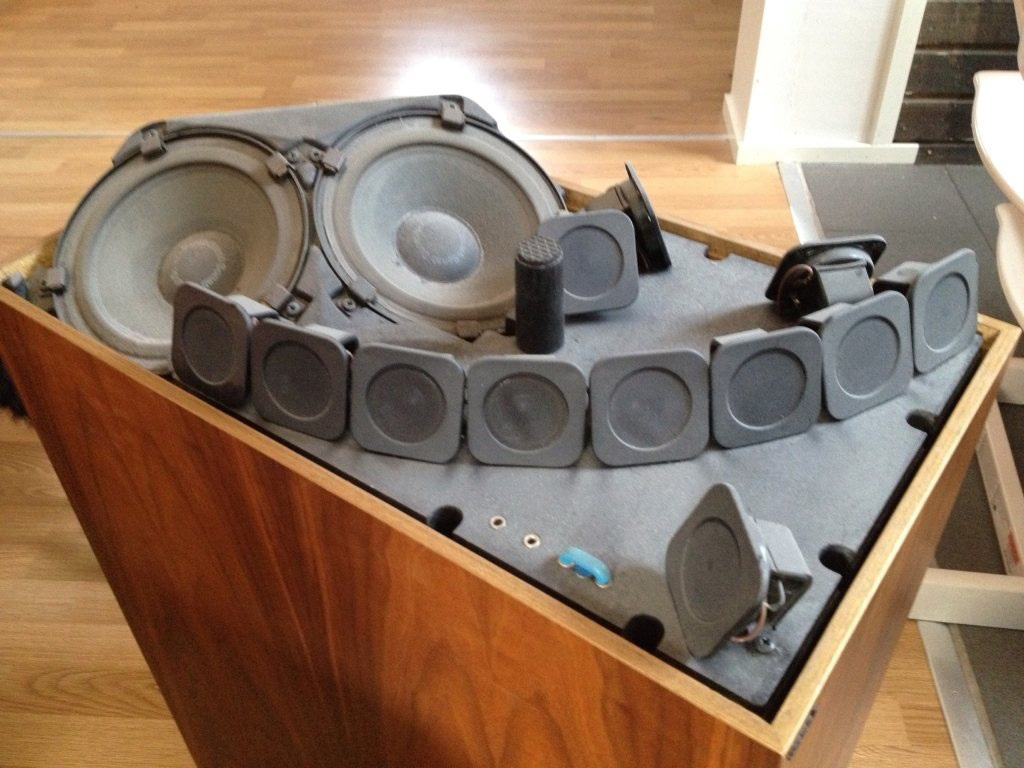Uh..what?
For all the power of digital production, the beginning of the chain begins with microphones, which are transducers (like speakers and cartridges), with all the flaws of the genus.
Go microphone shopping some time, listen to the vast differences.
Yes, they are transducers - but their job is infinitely easier than on the other side: they only have to capture a snapshot of what is real; the other lot have to attempt to mimic that reality, from an imperfect copy.
The microphones may differ, but they all pick up huge amounts which are typically lost in most replay; the first thing I always notice in listening to other systems is that there is so much missing, whole chunks of what I know is on a particular recording is essentially inaudible, masked by the low level blurring of the playback.
Differences are fine: I can listen to a classic track from the late 50's, and it's rich with golden honey overtones from the recording technology used then - doesn't stop the detail being heard, and the enjoyment in the listening ...

